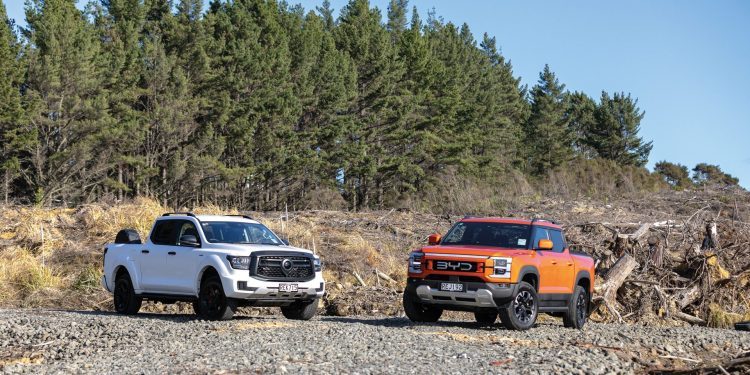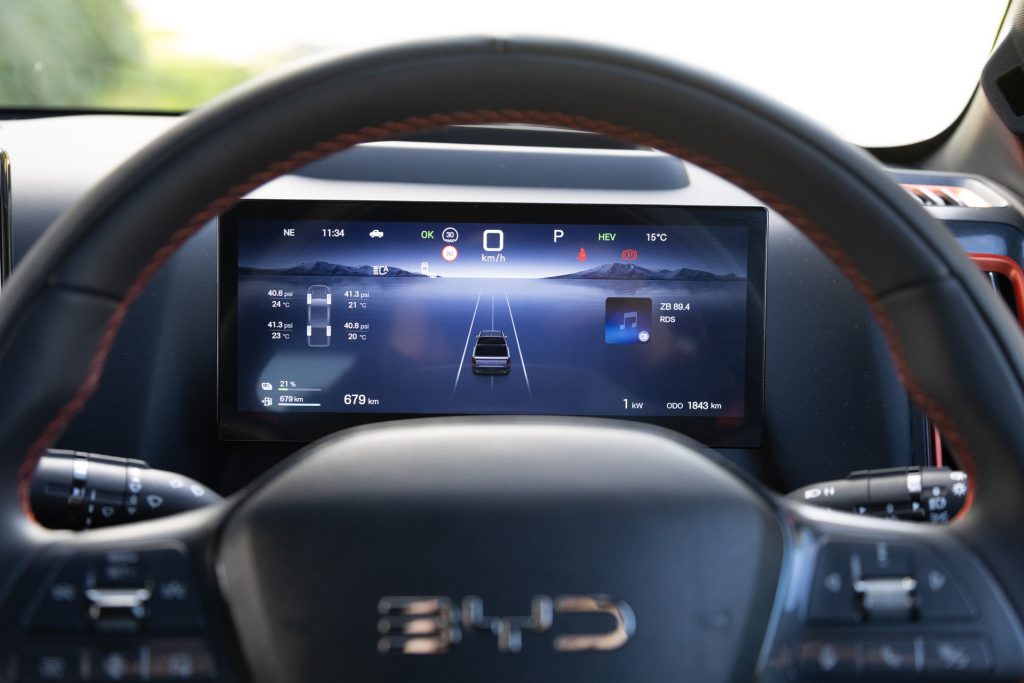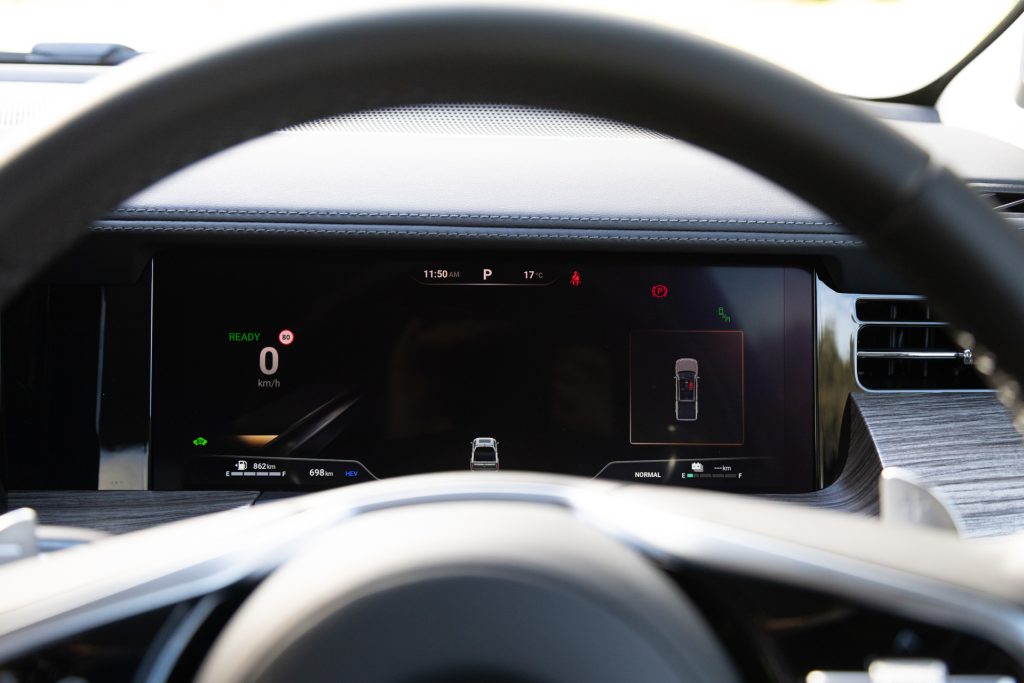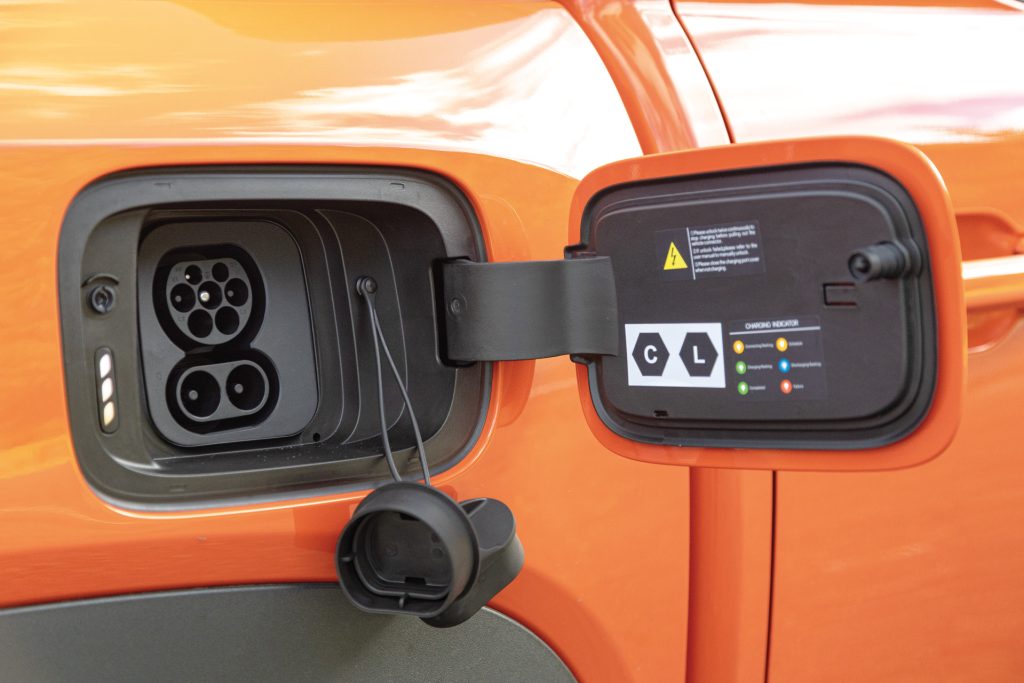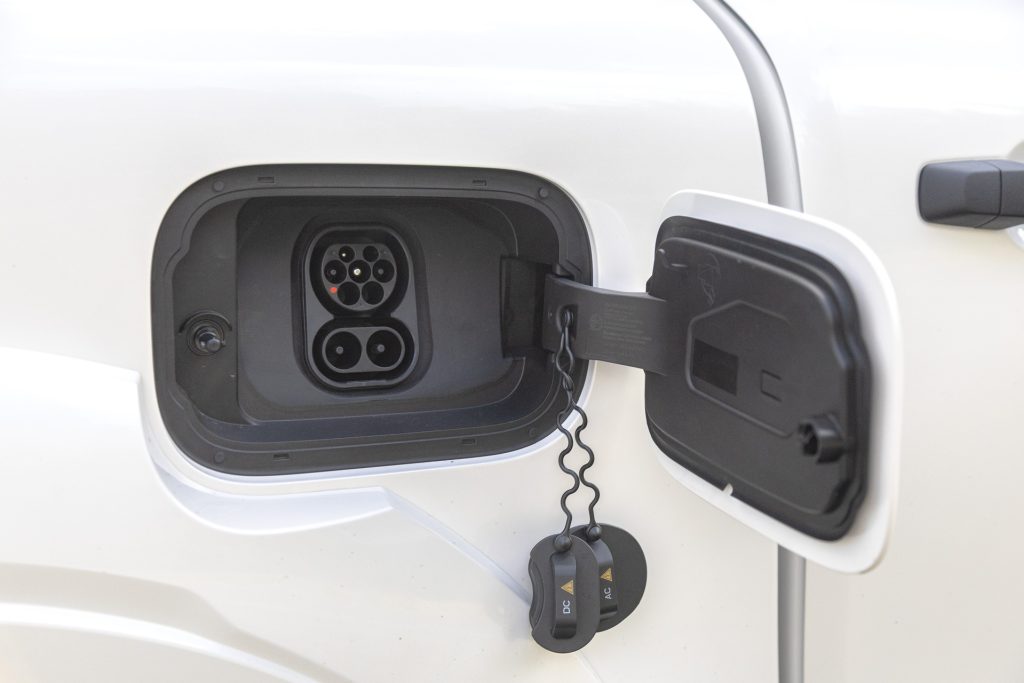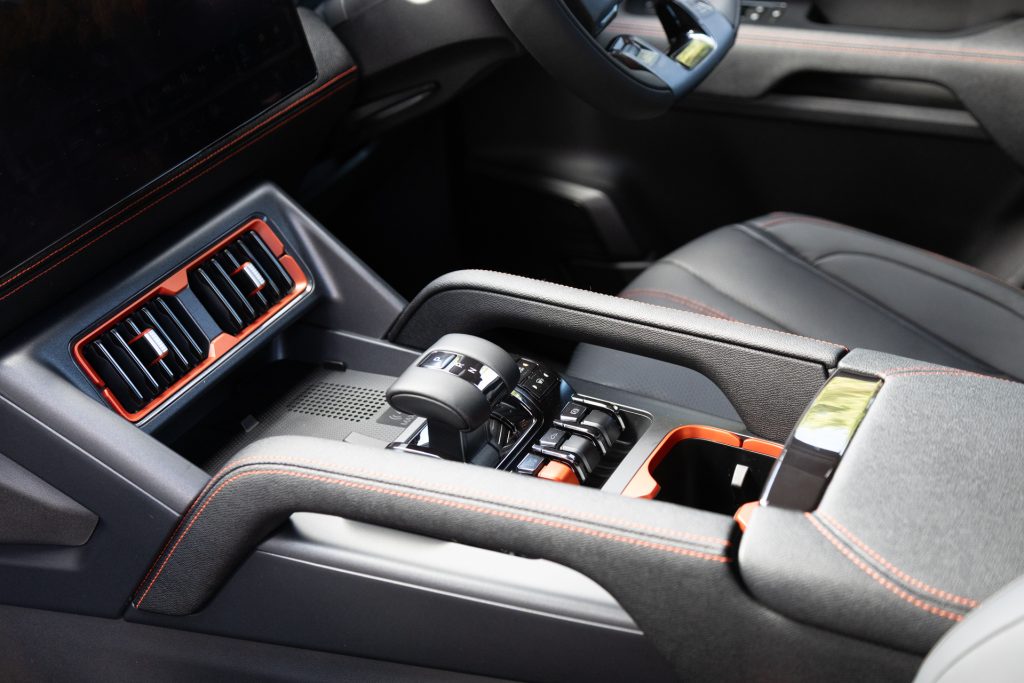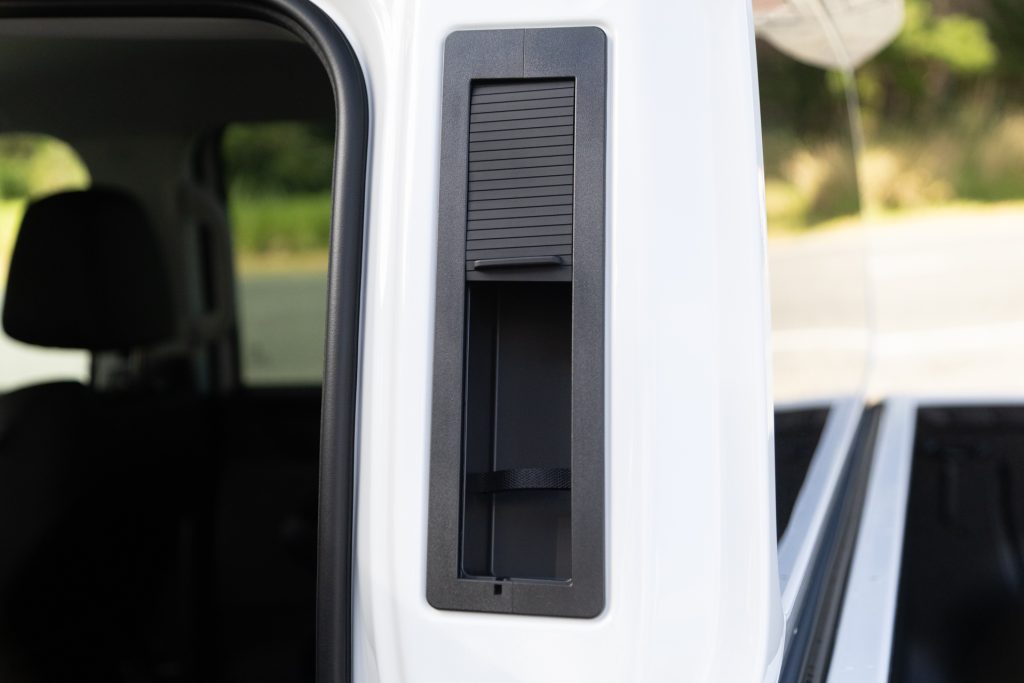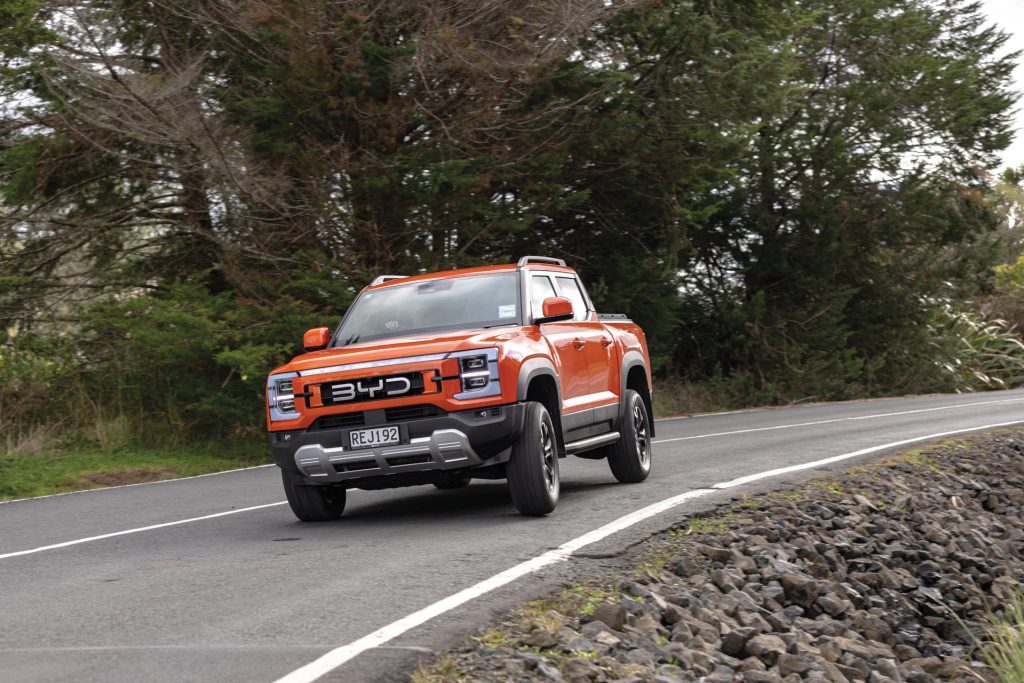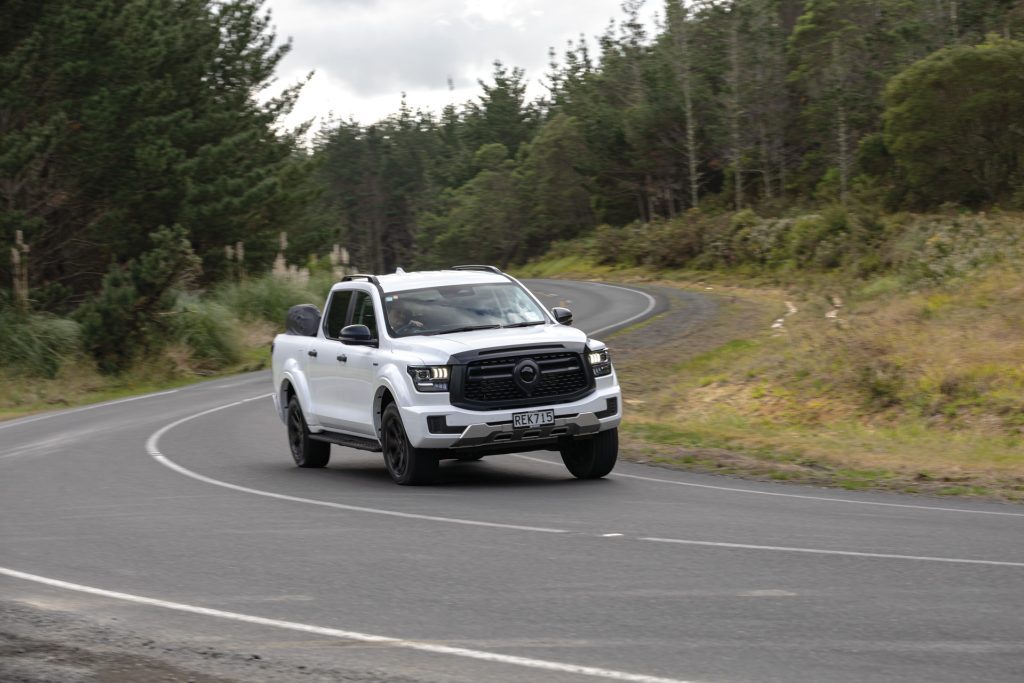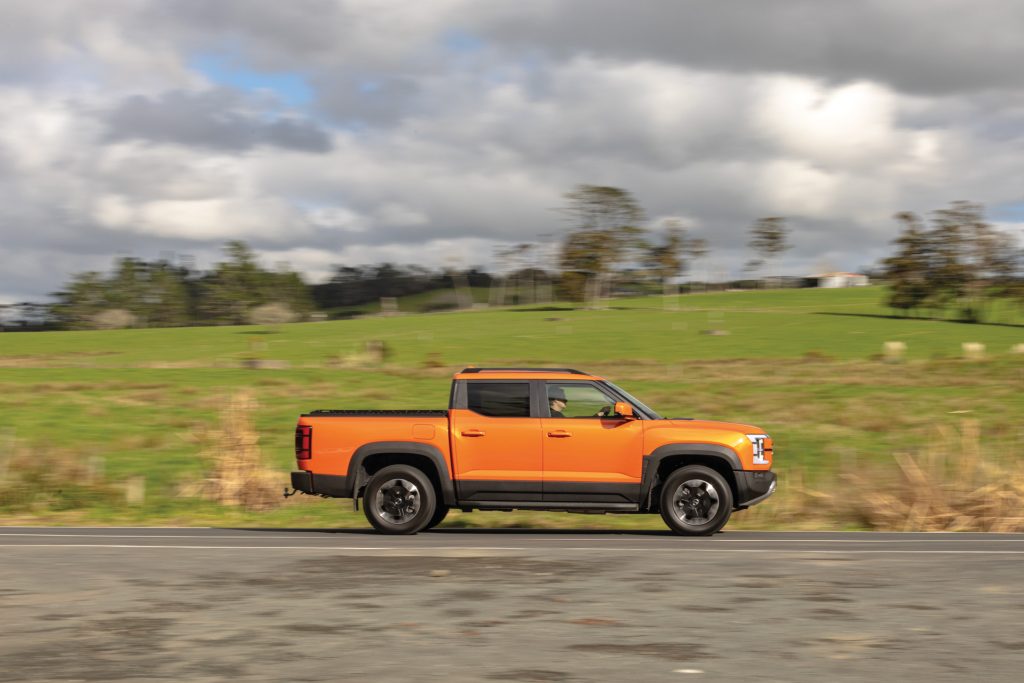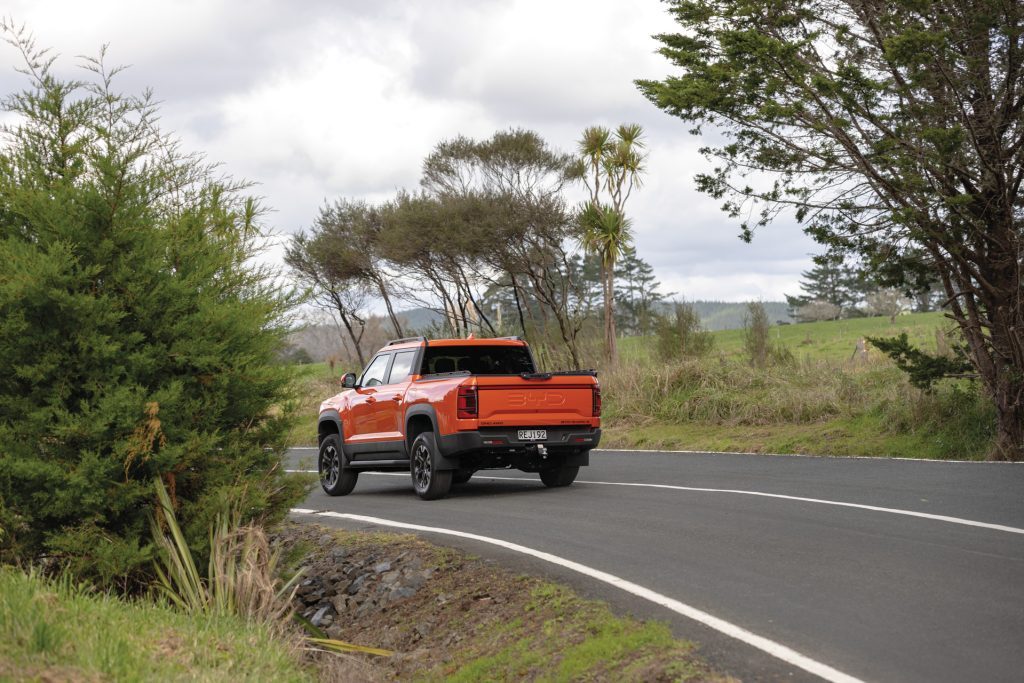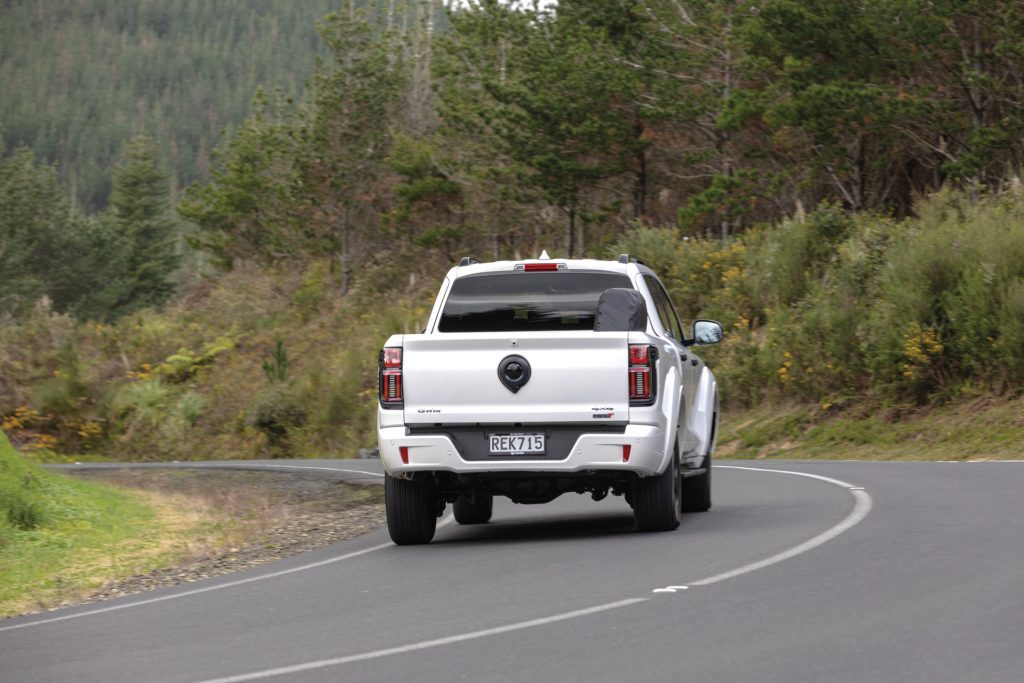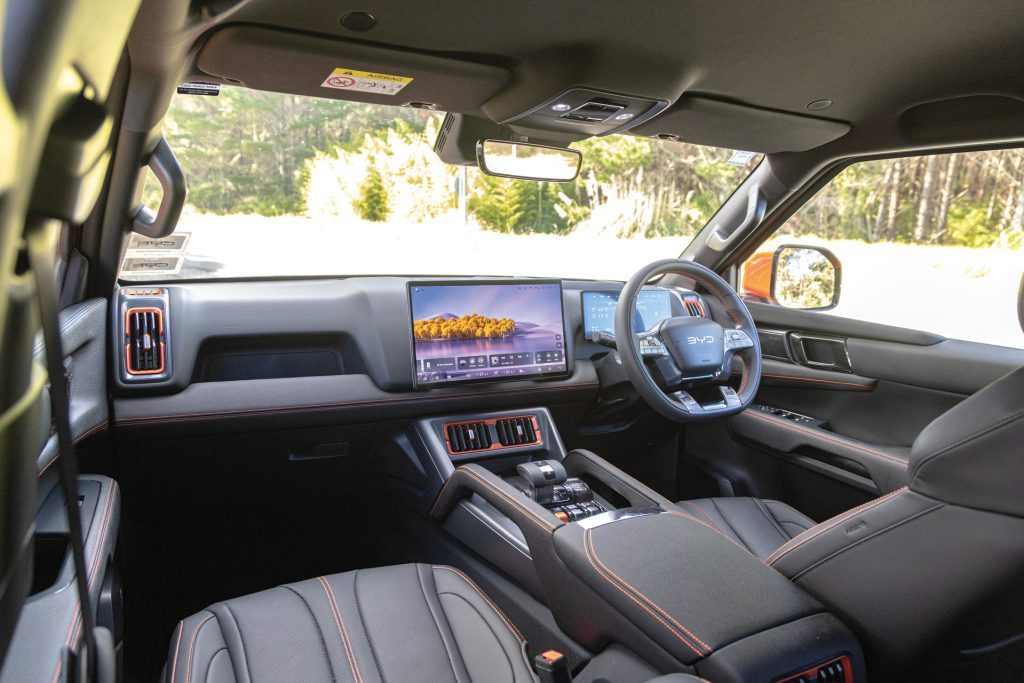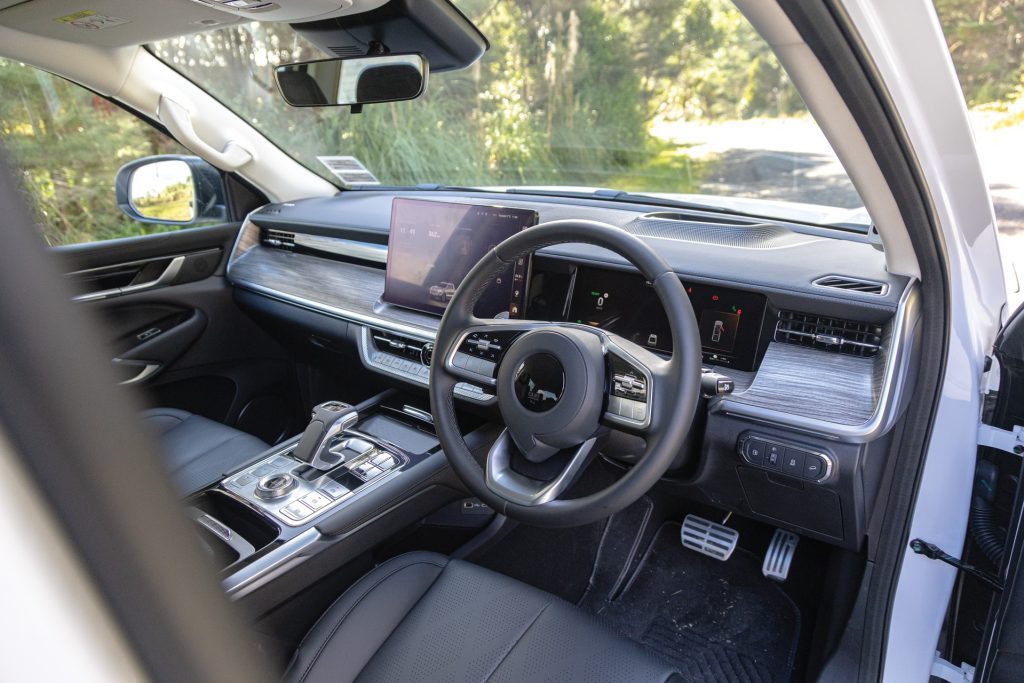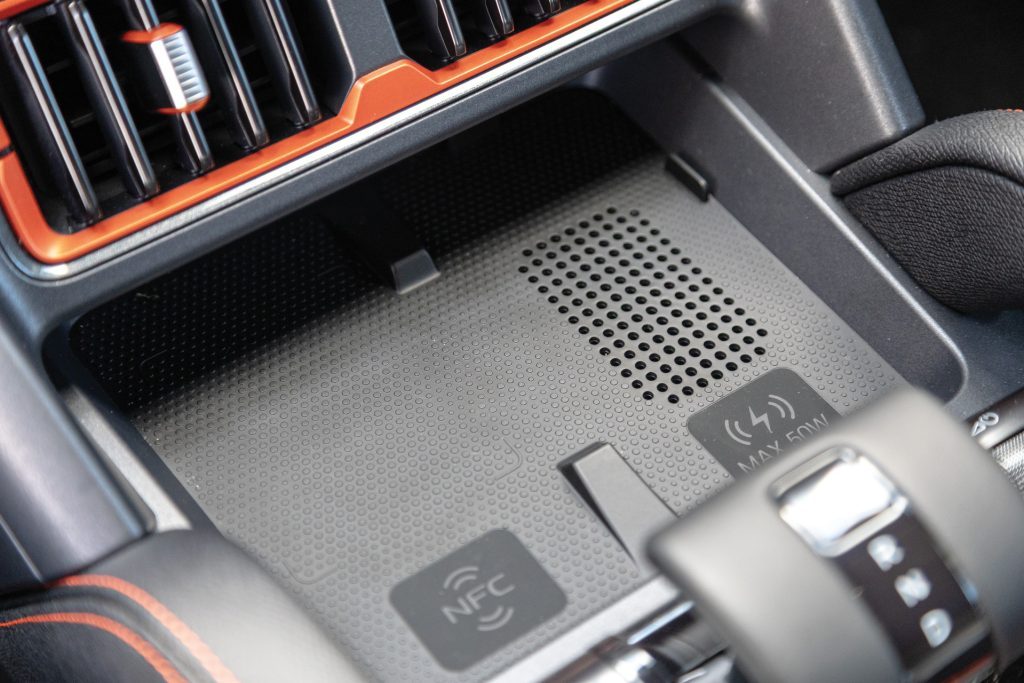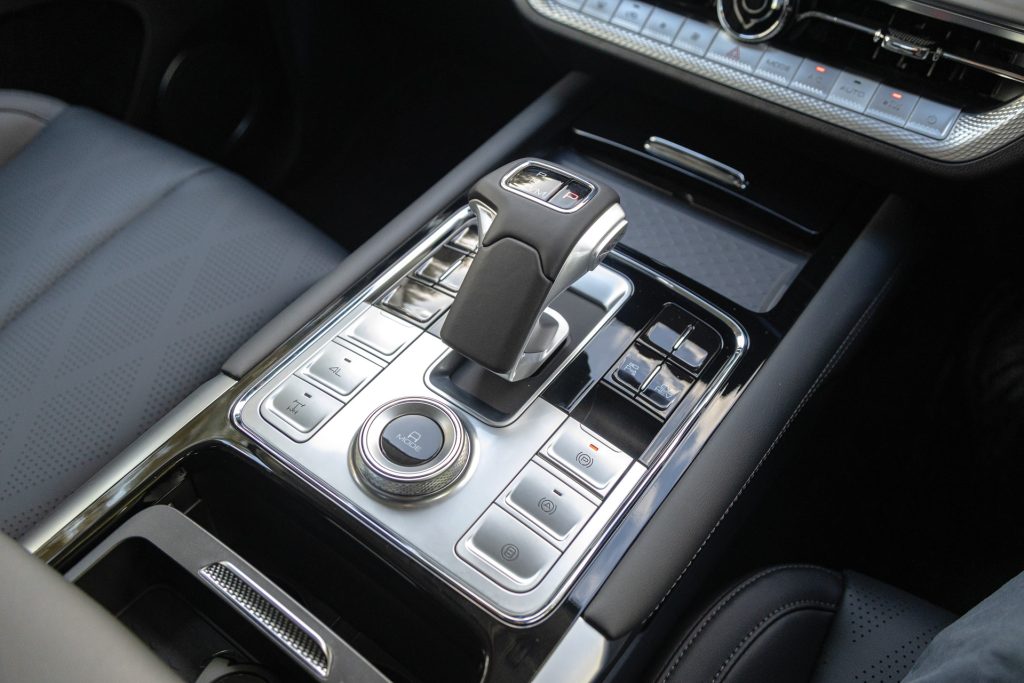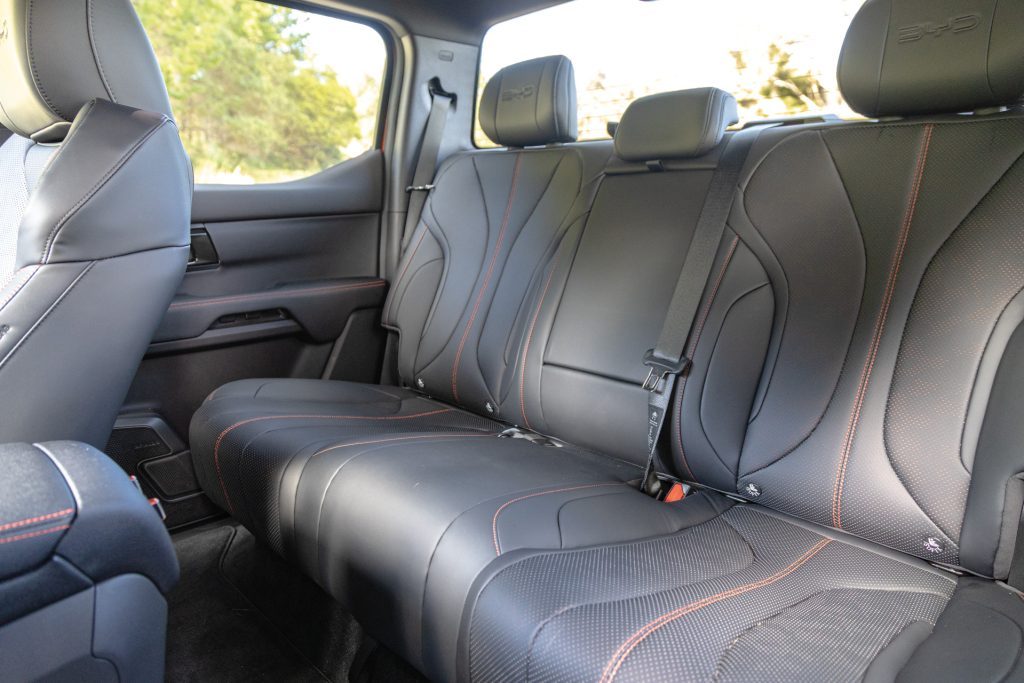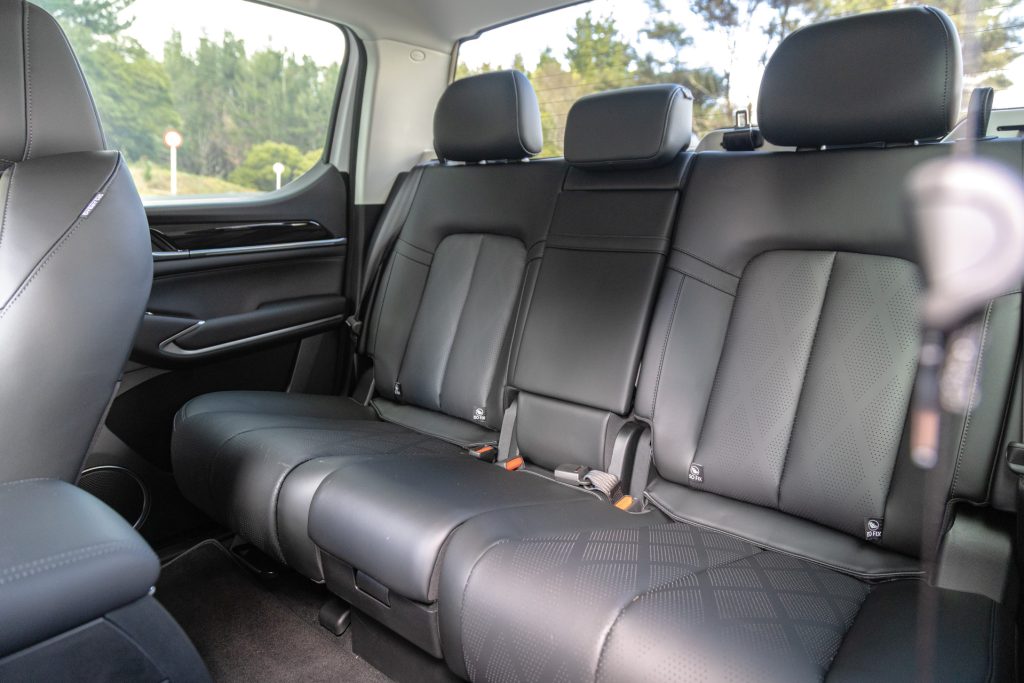2025 BYD Shark 6 vs GWM Cannon Alpha Lux PHEV Review
Words: Kyle Cassidy | Photos: Alex Schultz
Mud plugging is more synonymous with utes than plugging in but the times they are a changing. You can now get plug-in hybrid double cabs with decent electric range, a new example being GWM’s Cannon Alpha PHEV. Is it good enough to upset BYD’s Shark 6?
There has been a bit of hoopla surrounding hybrid utes lately. Toyota made quite a thing about introducing a hybrid Hilux last year but that was a mild affair. GWM was the first to introduce a high-voltage hybrid ute with its Cannon Alpha HEV but that missed the mark. But they haven’t given up, recently launching a Cannon Alpha PHEV that could give the brand a boost here.
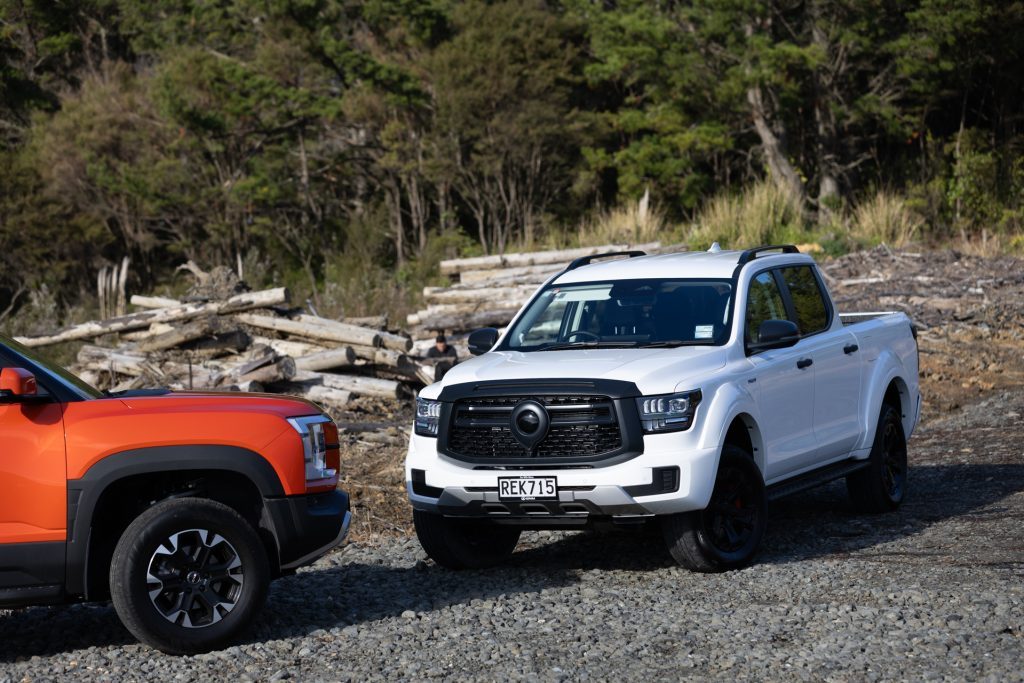
One plug-in hybrid ute that is doing the business is the BYD Shark 6. We thought pretty highly of this and it seems so does the buying public. Shark was the third-best selling ute last month, spurred on by Fieldays action, though remember it has just one, high-spec model to hawk. If BYD can maintain the momentum, it’s on course for a top three finish in the commercial race behind Hilux and Ranger. Not bad going at all. But will the arrival of the Cannon Alpha PHEV impede that sales impetus?
The Alpha range includes good old diesel power, starting at $55k. They still have an HEV version too at $69k (though on special until October for $63k). The Lux PHEV lists for $69,990 though currently GWM is matching BYD’s $5k Fieldays discount, bringing the price to $64,990. The up-spec Ultra is $72k with the discount. There’s just one Shark 6 variant priced at $69,990, though subject to a $5k discount at present.
Unique underneath
While both are plug-in hybrids, they are quite different. The Shark is a series hybrid, operating like an EV while its 1.5T engine is used primarily to power a generator, making electrons for the battery. It has an electric motor on each axle to deliver 321kW and 650Nm. There is no multi-speed transmission, or mechanical connection between the axles.
The GWM runs a parallel type set-up, with a 180kW/380Nm 2.0-litre turbopetrol working with a 120kW/400Nm motor that resides in the nine-speed auto’s housing. GWM quotes a total output of 300kW and 750Nm which flows to the rears the same way it would in the ICE-powered Alpha. The PHEV also utilises a torque-on-demand 4WD system, to ensure the outputs stick. The plug-in status allows GWM to quote fuel consumption at 1.7L/100km and BYD 2.0L/100km. Actual consumption varies depending on how fastidious you are at plugging in.
Both have body on frame construction, but the Shark has independent, coil suspension front and rear, the Alpha sticking with the usual solid axle out back, but gains coil springs.
The BYD has a 29.6kWh battery pack that is said to give a 100km EV range (NEDC) before it will switch to hybrid mode. The GWM has a 37kWh battery for 115km. The reality is a bit different however, with the Shark good for around 80km, while we managed to get 89km from the Cannon Alpha.
You will want to ensure these are charged each night to minimise your fuel use. Once in hybrid mode, they both start to drink, the Shark 6 hovering around the high-nine mark for city driving, the Cannon nudging up to 15!
Given the size of the batteries, you’re not going to get a full recharge overnight using a portable 2kW charger, meaning you might have to factor in a wallbox system. Both can accept DC charge, the GWM up to 50kW, the Shark 6 55kW.
How do they go?
The GWM’s PHEV electric operation is okay, with enough power to get along in traffic, and a reasonable regen operation. Though anytime you require real acceleration, expect the engine to fire into action. When operating in hybrid mode, the blending of the power sources is better than we remember the HEV being. But it never feels like you are getting 750Nm of torque delivered. And there can be a delay in the action when getting away before it‘s really into its stride. There is the odd shunt from the driveline too, while it can take too long engaging the drive when switching between D and R.
Neither are things you’ll experience in the Shark. The BYD’s power delivery is quick and smooth, refined and powerful. Like the GWM, you can adjust the steering weight, brake response and regen, though more of the latter would be good in its ‘high’ setting. It has a better creep function than the GWM, and better brake action at parking speeds.
The Shark’s ride is slightly jittery compared with the Cannon Alpha’s, which has a polished progress. Both of these are monsters come time to manoeuvre around town, with 13m turning circles and each is close to 5.5m long.
Both have plentiful driver assist functions, some of which you’ll want to get rid of. The GWM was sounding off after just 50m behind the wheel, but thankfully we managed to permanently mute much of it. The BYD’s speed warning is pretty insistent and its driver monitor is more vigilant. But its lane keeping is more tolerable than the GWM’s, and adaptive cruise is better too (just not the assisted mode).
Shark better on road
Through a few bends, the Cannon’s powertrain responds well enough, more so in Sport mode, where the trans shifts a little more enthusiastically. But again, it never feels like you have 750Nm of torque at your disposal. Although, we noted the performance remains consistent, even with the battery right down low. There’s not a lot happening at the wheel but you get just enough back to know what’s going on below. It holds on okay at both ends, the rear with a touch of roll at times which is probably due to the battery positioning. The ride remains civil at highway speeds too; it’s actually quite good unladen. Its brakes remain a bit spongy under the pump though.
The Shark 6 drives better for sure. It steers more accurately with more connection, while it has better balance and roll control. The brakes are superior in action as well. Its unladen ride is a little more settled at speed, but not as calm as the Cannon’s. The motors deliver a good surge of power, with no lag in the response. It’s a good idea to set the battery save mode to 50 per cent if heading out rurally to ensure consistent performance. Once down around the 15 per cent mark, the power really drops off. If it matters, the Shark is quicker, with a 0-100 of 6.3sec, a second ahead of the Cannon Alpha on both of our performance measures.
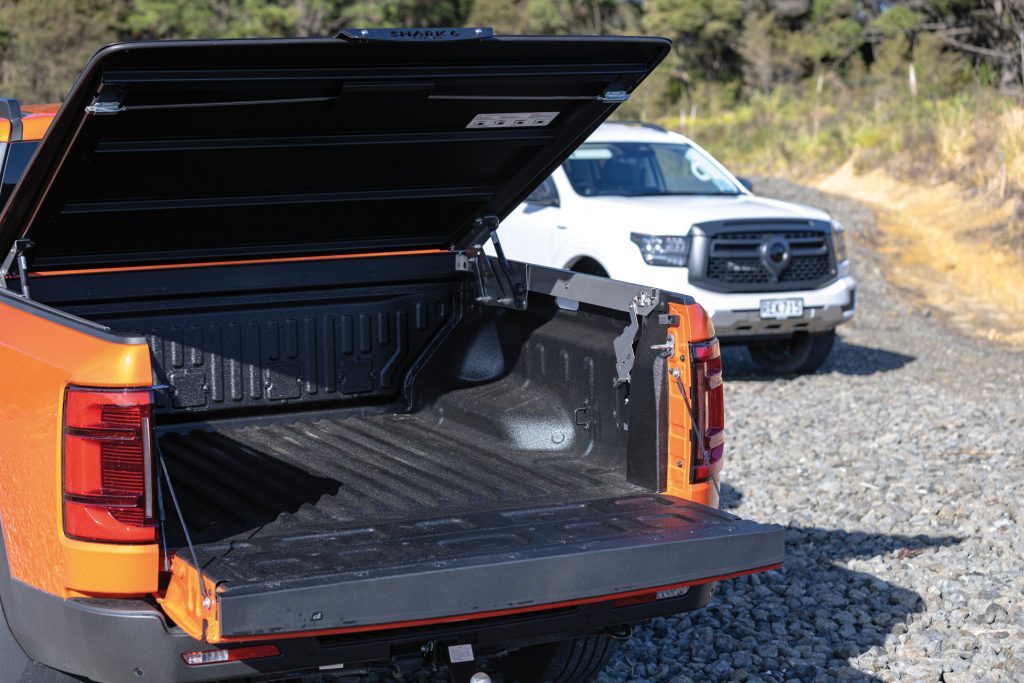
Capable though?
The Shark has a whopper of a tray, measuring 1520mm long and is 1360mm wide at the tailgate and 1200mm between the arches. You might notice a slight issue with the Cannon, that spare wheel eating into the load capacity. There’s no room for it underneath (where you’ll find the Shark’s spare) due to the siting of the battery, which is perched up above the rear axle. That sees a slight rise in the deck floor too. The Alpha’s tray is the same length as the Shark’s (and is slightly wider at the tailgate) but it’s only 1060mm wide with that spare wheel in place, and is 80mm narrower at the arches. As to payload, the Cannon PHEV is rated at 685kg while the Shark 6 has the ability to haul up to 790kg. The Shark’s V2L outlets are handily integrated into the side of the tray, whereas the Cannon has an adapter that needs to be plugged into the charge port. Neither is easily converted from wellside to a flatdeck due to the electrical bits, though BYD says it has cab chassis variants (including single cab options) coming next year.
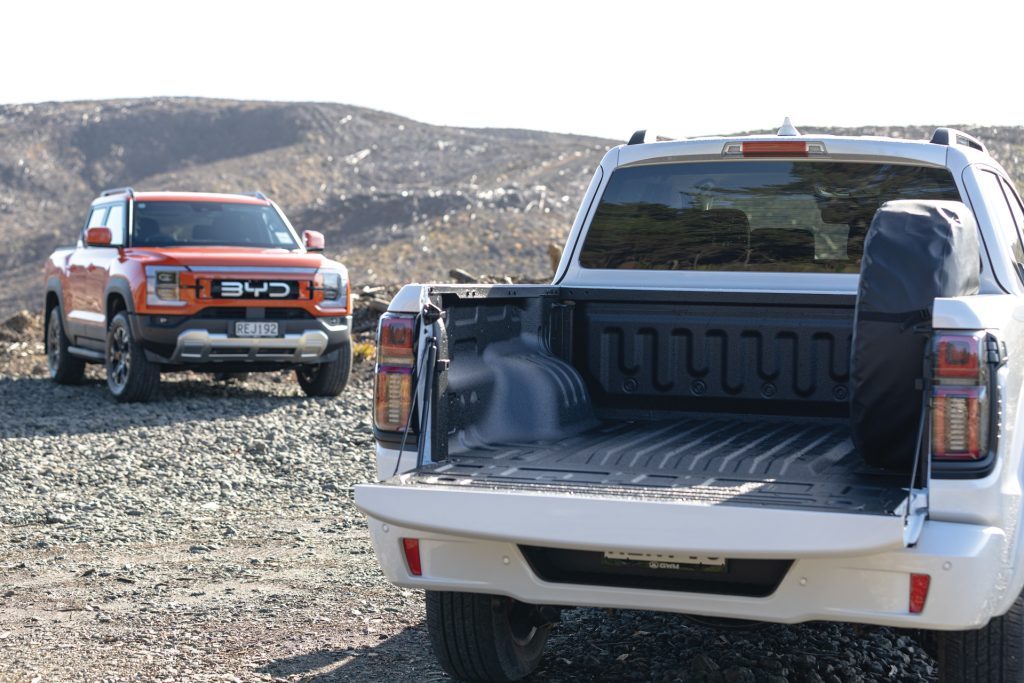
If towing is important, you’ll lean toward the Cannon PHEV with its 3500kg braked rating. This is one of the pros of its drivetrain type. The Shark 6 can tow, and does so quite well but is rated to 2500kg braked. And with a 350kg down load rating, the Cannon’s hitch can take 100kg more than the Shark.
The other area the Cannon Alpha PHEV beats the Shark 6 is off road. Its conventional solid rear axle gives it superior wheel articulation. It also has a locking rear diff (the Ultra adds another up front) and a low range. GWM has better clearance at 210mm, though only by 10mm, and a better rampover angle, but the Shark has superior approach and departure angles. The Shark 6 only has a few traction control settings to help it off road. It struggles for traction when its wheels are on differing surfaces, or unloaded. They spin all too easily as they scramble for grip. We would have thought the traction control could sort it more efficiently. A brief drive on gravel reaffirms the Cannon Alpha’s superior ride quality and ability to isolate bumps, where those big potholes and corrugations send more of a wobble through the Shark’s cabin.
Loaded of course
Typical of Chinese origin vehicles, they have a hefty list of kit. Without going into all the details, the Shark is better outfitted; you’d need to upgrade to the Alpha Ultra to match it. Though we reckon you’d get by with what the Lux offers; it’s comprehensively equipped as well.
The Shark’s cabin sure is a nice place to be. The seats are SUV quality, form fitting and well trimmed. It’s well made, with few hard plastics about. It reinforces the Shark’s lifestyle vibe; you don’t want to jump on board in grubby overalls.
The GWM is also nicely constructed, though not quite as premium. It has a more conventional layout, though the Shark isn’t too tricky to be fair. Both have a smattering of buttons, though most aspects are controlled via the screen. Shark’s big display is vibrant and more feature-packed (the kids loved the Karaoke app) but larger touch points would be appreciated. Both have good surround-view cameras and the voice assistant can prove helpful at times.
They each have a roomy back row with a comfortable bench. The BYD has a three-pin plug back there and some USBs, its flat floor giving better legroom for everyone.
Which one is up to you
Given their differences, what you use your ute for will determine which one you buy. If you genuinely need the extra tow and off-road ability, well it’s got to be the Cannon Alpha. If it’s an SUV with a tray you’re after, the Shark 6 would get our money.
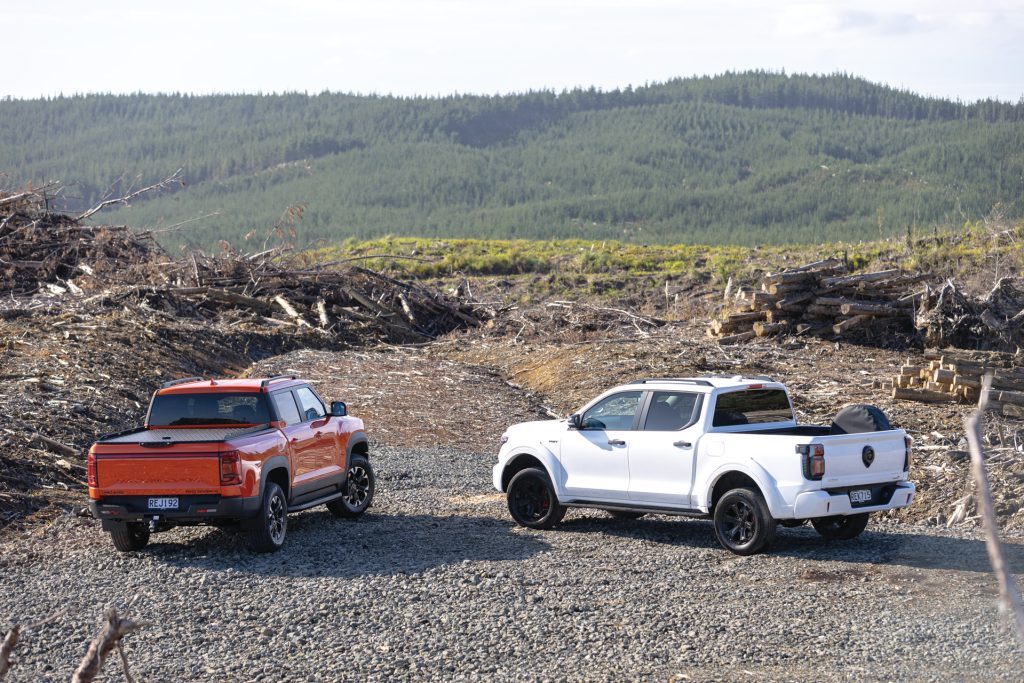
BYD Shark 6
$69,990 / 2.0L/100km / 46g/km
0-100 km/h 6.31s
80-120 km/h 4.07 (115m)
100-0 km/h 41.07m
Speedo error 97 at an indicated 100km/h
Ambient cabin noise 69.8dB@100km/h
Engine 1498cc / IL4 / T / DI
Max power 135kW
Max torque 260Nm
Motor output f-170kW / 310Nm / r-150kW / 340Nm
Battery 29.58kWh
EV Range 100km
Hybrid System Output 321kW / 650Nm
Drivetrain Single speed auto / e-AWD
Front suspension Wishbones
Rear suspension Wishbones
Turning circle 13.5m (3.5 turns)
Front brakes Ventilated discs
Rear brakes Discs
Stability systems ABS, ESP, TV
Safety AEB, ACC, BSM, LDW, RCTA, ALK, AHB
Tyre size f/r-265/65R18
Wheelbase 3260mm
L/W/H 5457 / 1971 / 1925mm
Track f-1660mm r-1660mm
Fuel capacity 60L
Payload 790kg
Tow rating 750kg (2500kg braked)
Service intervals 12 months / 20,000km
Warranty 6yrs / 150,000km
ANCAP rating ★★★★★ (2024)
Weight (claimed) 2710kg
GWM Cannon Alpha LUX PHEV
$69,990 / 1.7L/100km / 39g/km
0-100 km/h 7.25s
80-120 km/h 5.09s (143m)
100-0 km/h 41.98m
Speedo error 96 at an indicated 100km/h
Ambient cabin noise 70.0dB@100km/h
Engine 1998cc / IL4 / T / DI
Max power 180kW
Max torque 380Nm
Motor output 120kW / 400Nm
Battery 37.1kWh
EV Range 115km
Hybrid System Output 300kW / 750Nm
Drivetrain 9-speed auto / on-demand AWD
Front suspension Wishbones / sway bar
Rear suspension Solid axle
Turning circle 13.0m (2.7 turns)
Front brakes Ventilated discs
Rear brakes Discs
Stability systems ABS, ESP
Safety AEB, ACC, BSM, LDW, RCTA, ALK, AHB
Tyre size f/r-265/60R18
Wheelbase 3350mm
L/W/H 5445 / 1991 / 1924mm
Track f-1650mm r-1650mm
Fuel capacity 75L
Payload 685kg
Tow rating 750kg (3500kg braked)
Service intervals 12 months / 15,000km
Warranty 7yrs / unlimited km
ANCAP rating ★★★★★ (2024)
Weight (claimed) 2810kg


